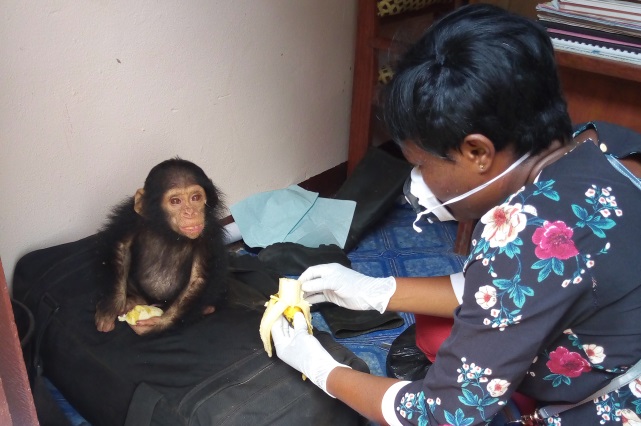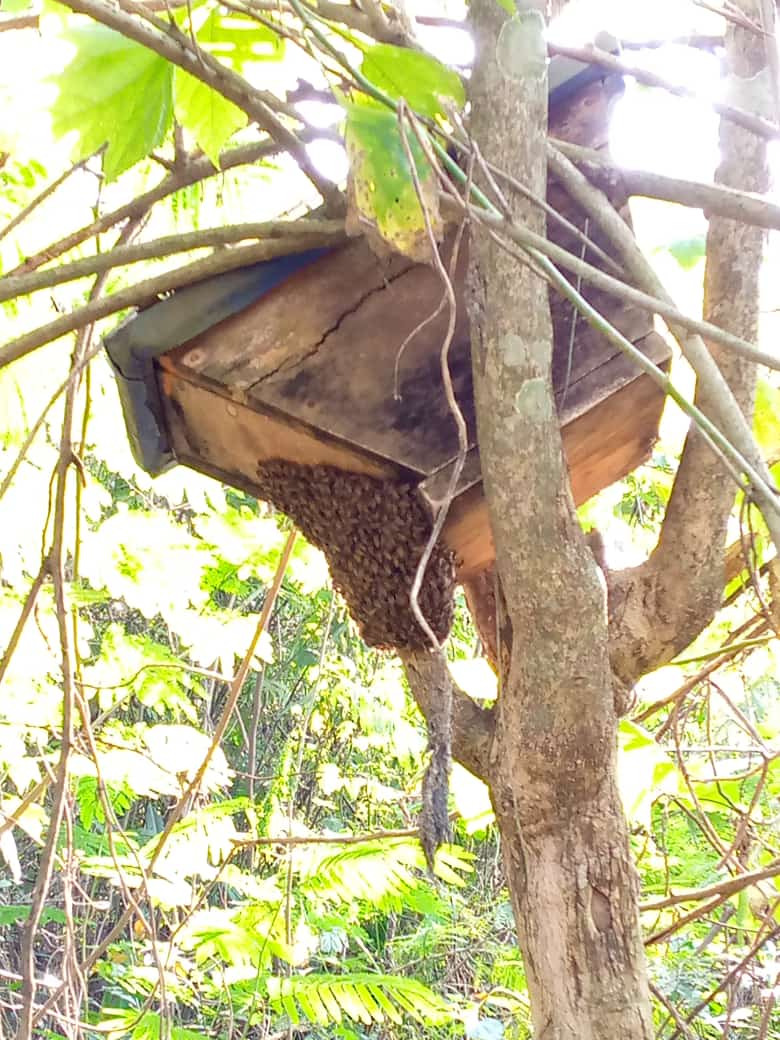
By Elias Ntungwe Ngalame
The Dja Conservation Complex in Cameroon globally recognized for its importance in biodiversity is increasingly in danger.
Reports by the African Wildlife Foundation says the Dja and its wildlife face an uncertain future with rampant poaching, timber exploitation, the expansion of industries like mining and forestry and a lack of adequate support.
The government says it is hence working in partnership with other stakeholders to better reinforce protection of this UNESCO World Heritage Site and its surrounding rich resources .
It is against this back drop that the government, through the Ministry of Economy, Planning and Regional Development (MINEPAT) recently signed a partnership convention with the World Wide Fund for Nature (WWF) to handle environmental aspects of the Integrated Development and Planning Programme of the Dja Mining Loop and the Adjacent Border Area (PADI DJA).
Mining operations are expected to take place in the Dja Faunal Reserve which spans across the South and East Regions, thus protecting the important animal and plant species therein becomes imperative, officials say.
« There is need to partner with different stakeholders to better protect this important heritage, » MINEPAT boss says.
Hanson Njiforti, Director of WWF-Cameroon Country Office Programme who signed for his institution pointed on the need to reduce the human and environmental impact of any development project in the area.
According to Hanson Njiforti the convention will give WWF a legal framework to exercise in protecting the Dja.
“We sometimes neglect the impact of some of our activities on the environment. A project carried out without considering the impact on the environment can cost us a lot more,” he said, noting that the convention was a good step in the right direction.
WWF Cameroon is expected to provide its assistance, technical expertise and support to PADI DJA, with the principal objective of ameliorating the living conditions of the affected population. WWF Cameroon will also have the task of promoting good governance in the execution of the project and put in place transparency mechanisms to guarantee proper usage of resources allocated to the project among others.
Blondeau Talatala, Coordinator of PADI DJA said they are handling all concerns in view of the future exploitation of the Mbalam iron ore and other similar mining projects in the area.
The Dja reserve was created 1950, and was listed as a UNESCO World Heritage Site in 1987. Since 1992, the reserve has been managed by ECOFAC, the European Union’s Central African Forestry Ecosystems programme.
Covering an area of more than 500,000 hectares, the reserve has important populations of chimpanzees, gorillas, elephants and buffalo. It is thought to contain some of the highest levels of biodiversity anywhere in Africa.
But the Dja reserve has also long been the source of conflict with local communities who are angered at their exclusion from the reserve and the imposition of strict anti-hunting bans.x










